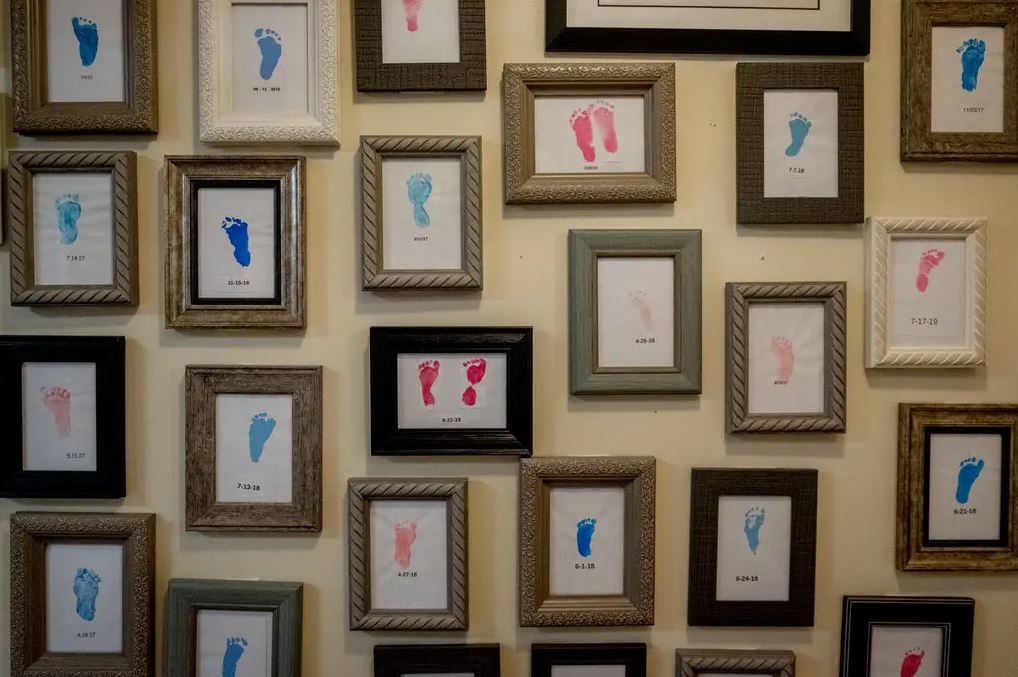According to a study that will be presented by the White House on Friday, the administration of President Joe Biden plans to make use of federal courts and health programmes in order to increase the use of medicines to treat drug misuse problems among pregnant women. The proposal is one element of the administration’s larger attempt to battle the drug epidemic, which is responsible for the deaths of more than 100,000 people in the United States each year.
As part of the newly implemented programme, the Department of Justice, the Department of Veterans Affairs, and the Indian Health Service will be responsible for expanding the availability of medications for women, such as methadone and buprenorphine. Despite the fact that these therapies have been met with opposition in the past, they are rapidly being accepted as a scientifically established method to lessen dependence and save lives.
According to the Centers for Disease Control and Prevention, the prevalence of opioid use disorder among pregnant women has more than doubled in recent years. This illness is linked to a number of adverse outcomes, including low birth weight, premature labour, and miscarriage. Women who are pregnant have a higher risk of dying from a drug overdose compared to the typical woman of reproductive age. On the other hand, pregnant women have a lower chance of being approved for visits with buprenorphine providers.
According to Andrew Kessler, who is the founder of the behavioural health consulting Slingshot Solutions, this programme will not amount to any kind of change that is long-lasting if Congress does not provide enough funds for it. He compared the “well studied” strategy that the government had developed to the thick black outlines that can be seen in colouring books.
Women who are pregnant and choose to disclose their problem in order to get treatment stand to lose a lot as well. The number of infants placed into foster care in the United States is now expanding at the highest rate of any age group. Of the approximately 50,000 babies that are removed from their homes each year, almost half are due to drug abuse.
The risk of fatal overdoses among American Indians and Alaska Natives rose by 39 percent between 2019 and 2020, and this demographic is represented in the child welfare system at a rate that is approximately three times higher than the rate among the general population.
In a study that detailed the approach that the Biden administration intended to implement, it was emphasised that having a substance use disorder during pregnancy “is not, by itself, child abuse or neglect,” and that “criminalising S.U.D. in pregnancy is ineffectual and detrimental.”
Opioid recovery medications such as buprenorphine (commonly known by the trade name Suboxone) and methadone are themselves opioids, which has led to some debate in the United States about medication-assisted therapy (MAT). Patients who are trying to cut back on their use of heroin, fentanyl, and other dangerous opioids can benefit from these medications because, despite the fact that they do not produce a high at the dosages that are recommended, they help satisfy cravings and reduce the severity of withdrawal symptoms. It has been shown that the drugs cut the death rate among opioid addicts by at least half, but some regulators and clinicians are concerned that the substance-replacement method promotes continuous drug use.
Mr. Kessler suggested, for instance, that the hospital credentialing standards or even federal funding should have been tied to whether or not the institutions had the capacity to offer immediate addiction treatment to patients seeking care for any condition, whether it be pregnancy or a respiratory infection.
A physician and researcher on addiction at the University of Alabama in Birmingham named Dr. Stefan Kertesz said that “if all health care facilities were ready to give treatment, then it would be a lot simpler to make that care happen.” Instead, he said that the majority of obstetricians and addiction experts had never been in the same room at the same time, and families enter into “chaotic, dysfunctional bureaucracies” that do not have a comprehensive, multidisciplinary response plan in place.
The strategy, which was built mostly with the financial allocations that were already in place, would have a limited effect, according to the experts, if Congress does not provide an exponentially bigger amount of money for it. In the absence of comprehensive addiction treatment that is “baked into Medicare and Medicaid,” as Dr. Lembke put it, temporary measures to combat the issue will only be successful for the duration of a grant cycle.

